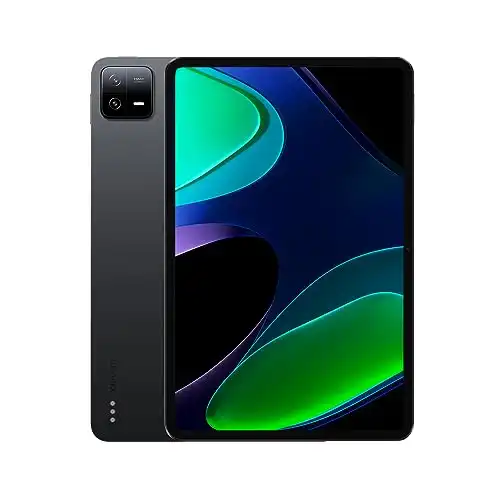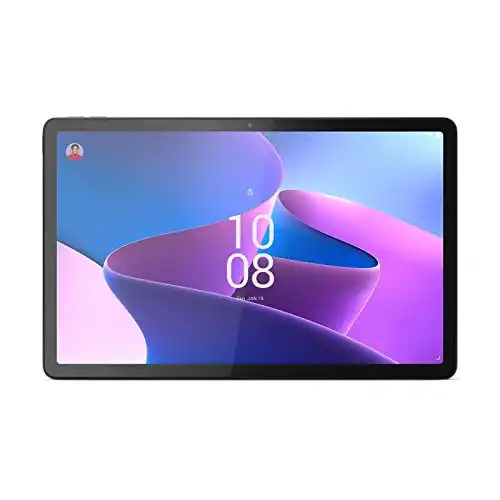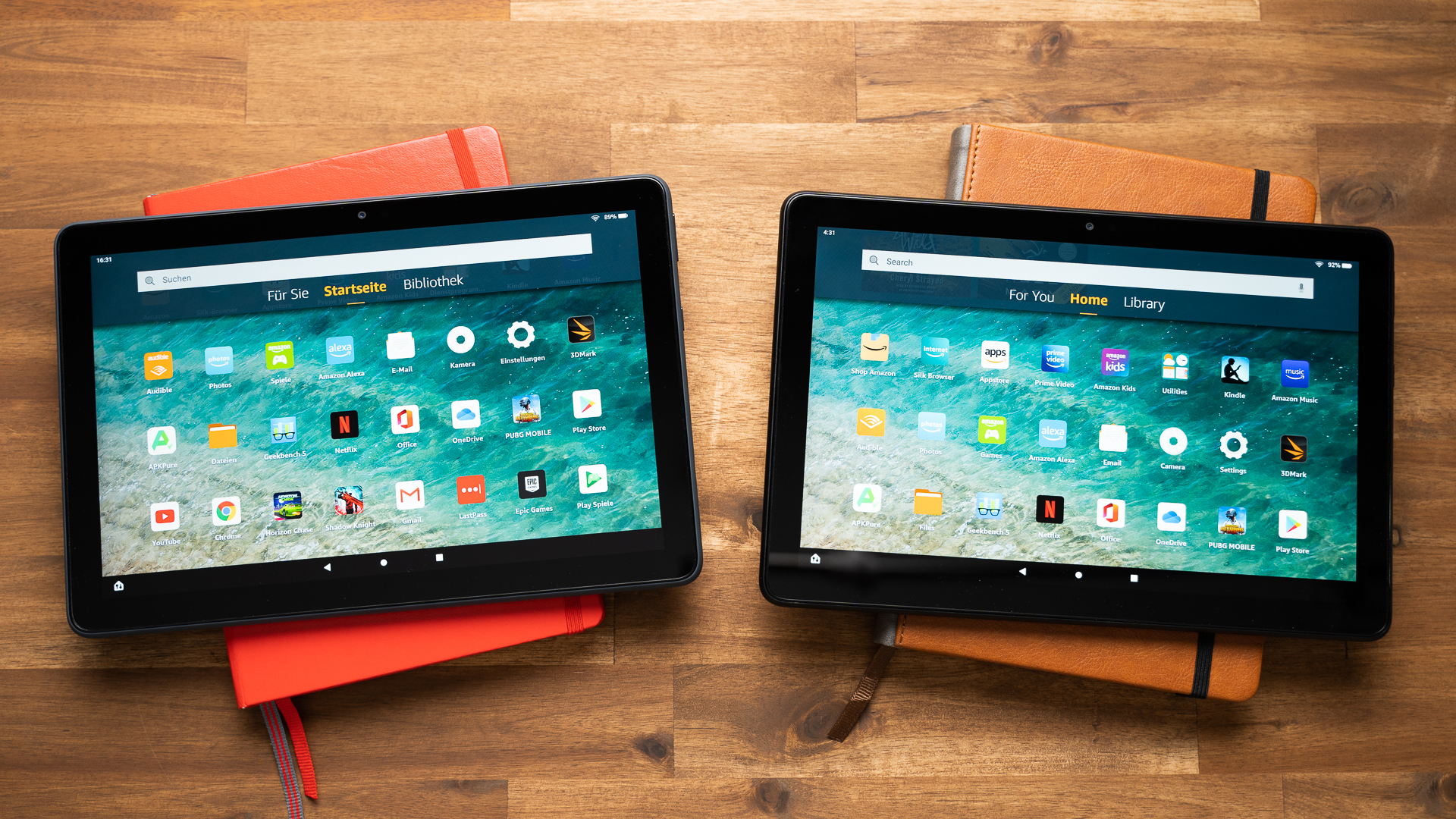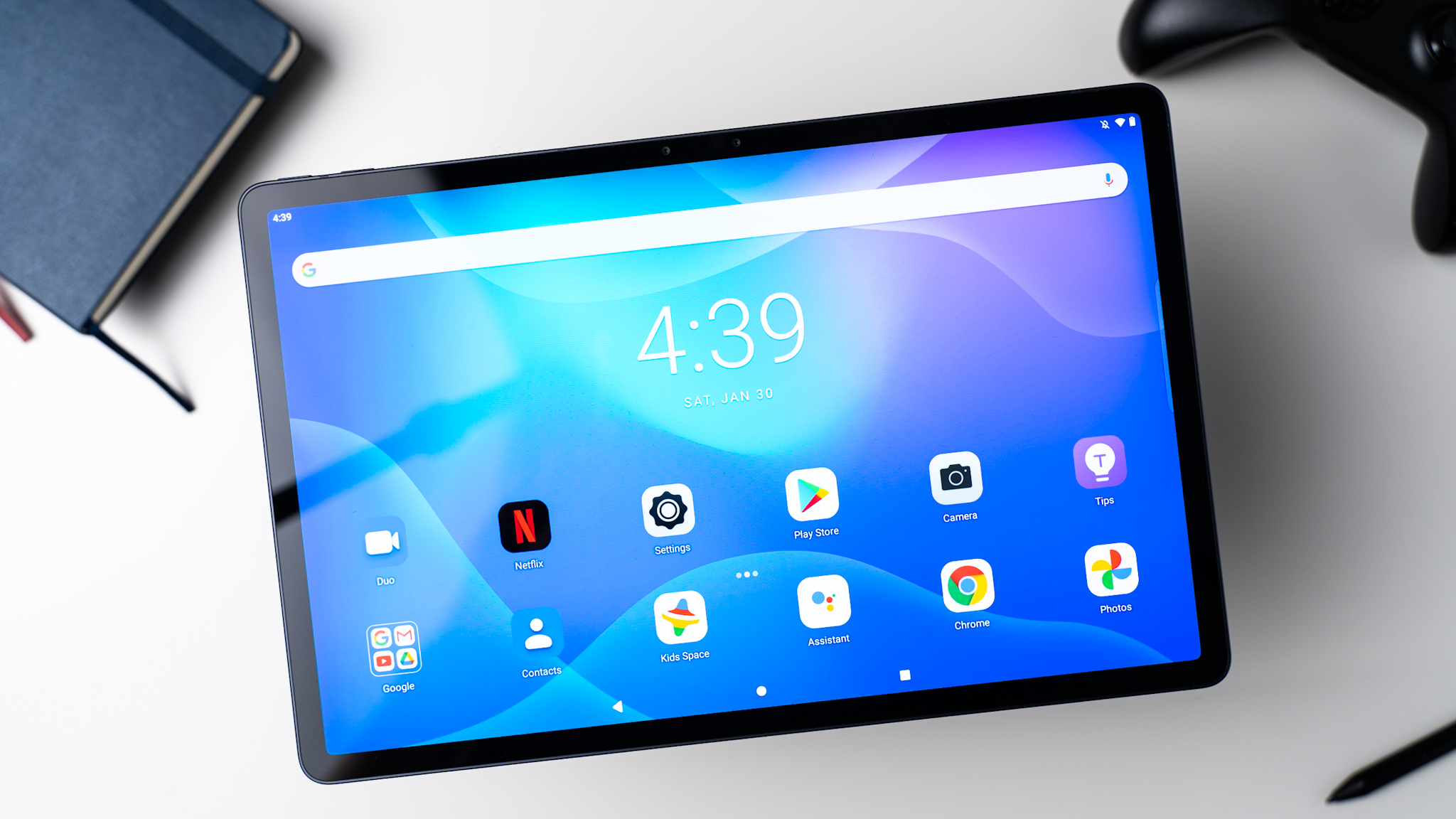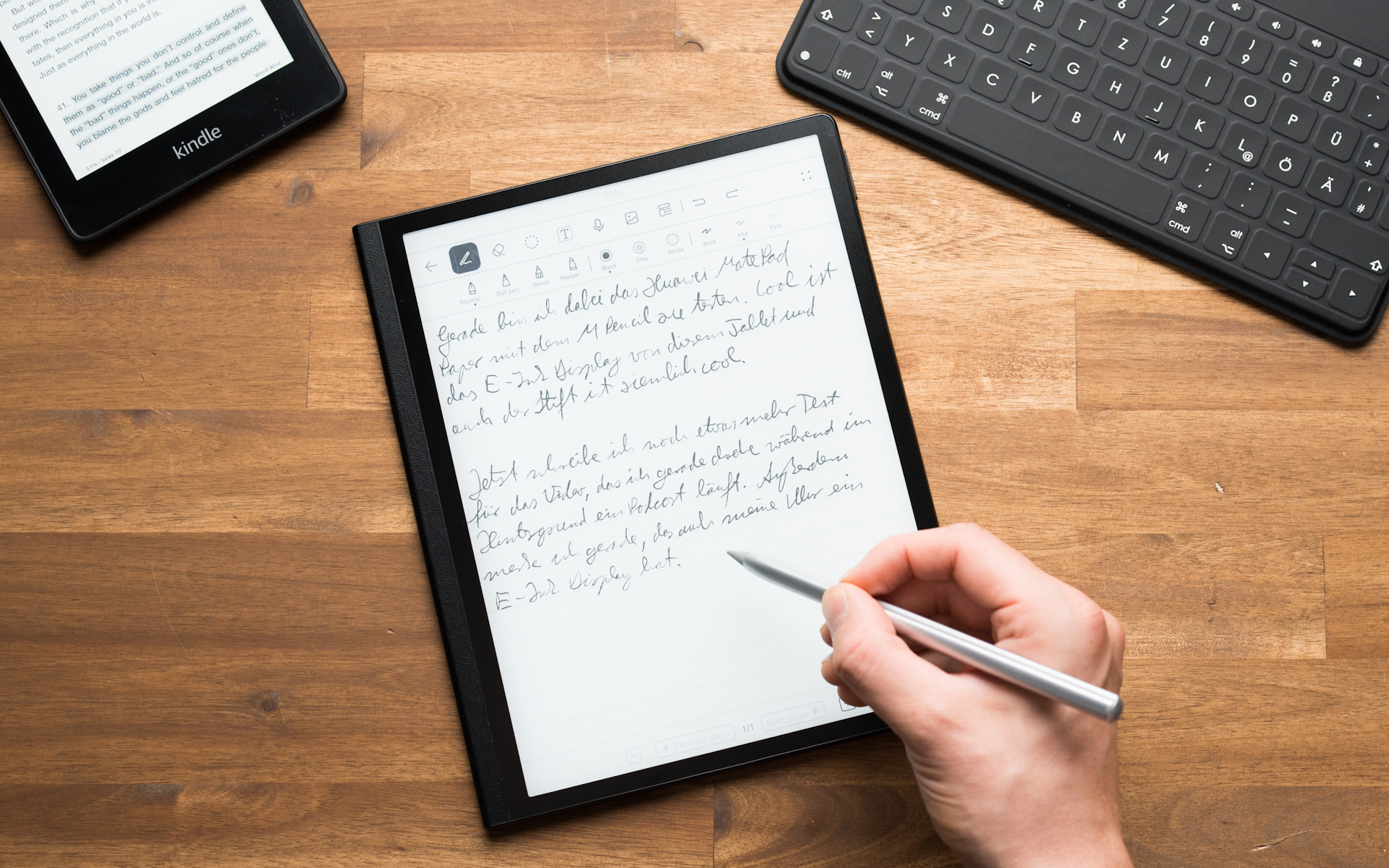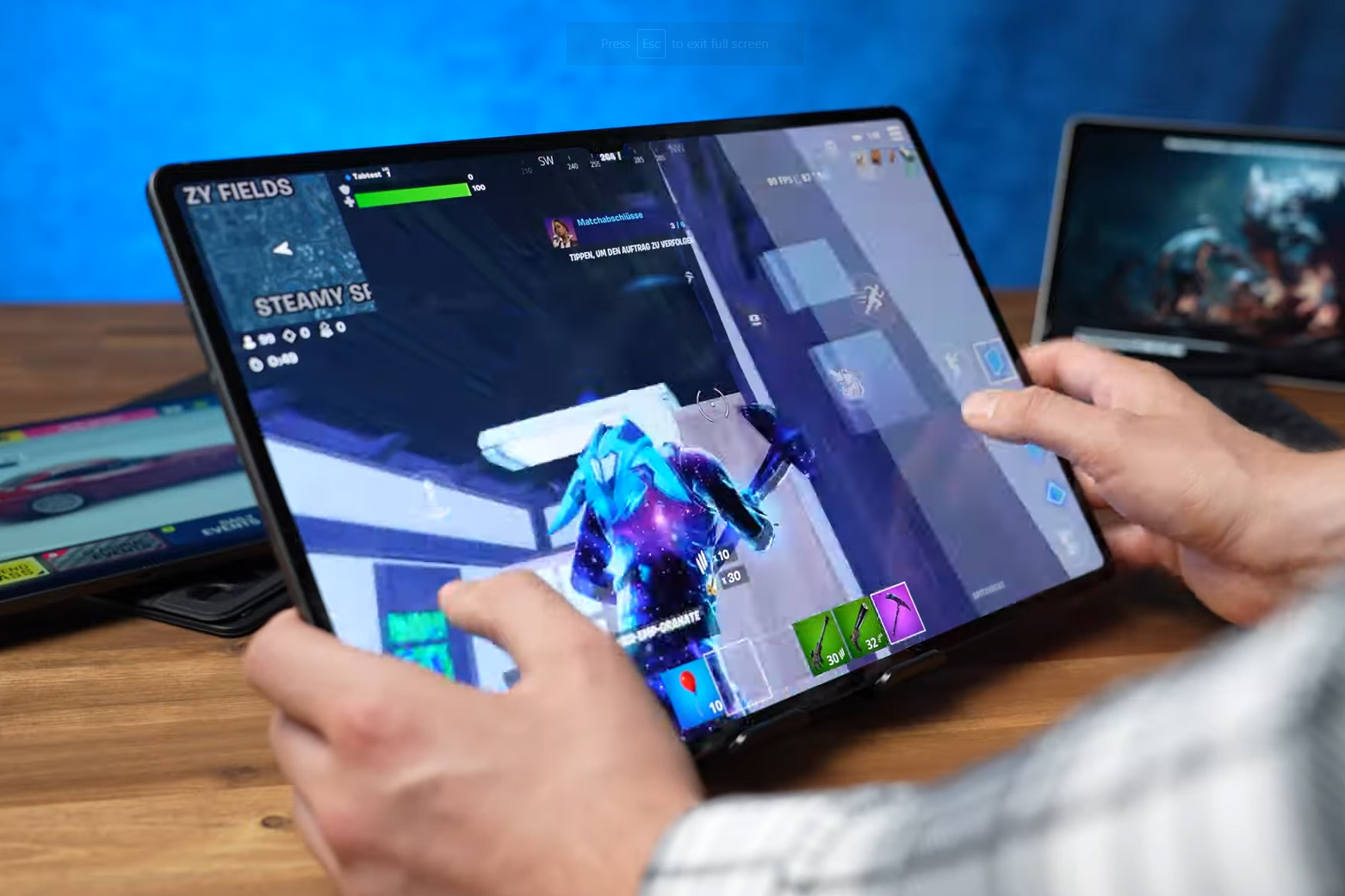Comparisons
Xiaomi Pad 6 vs Lenovo Tab P11 Pro Gen 2: Comparison
Side by side comparison of Xiaomi Pad 6 and Lenovo Tab P11 Pro Gen 2 tablets.
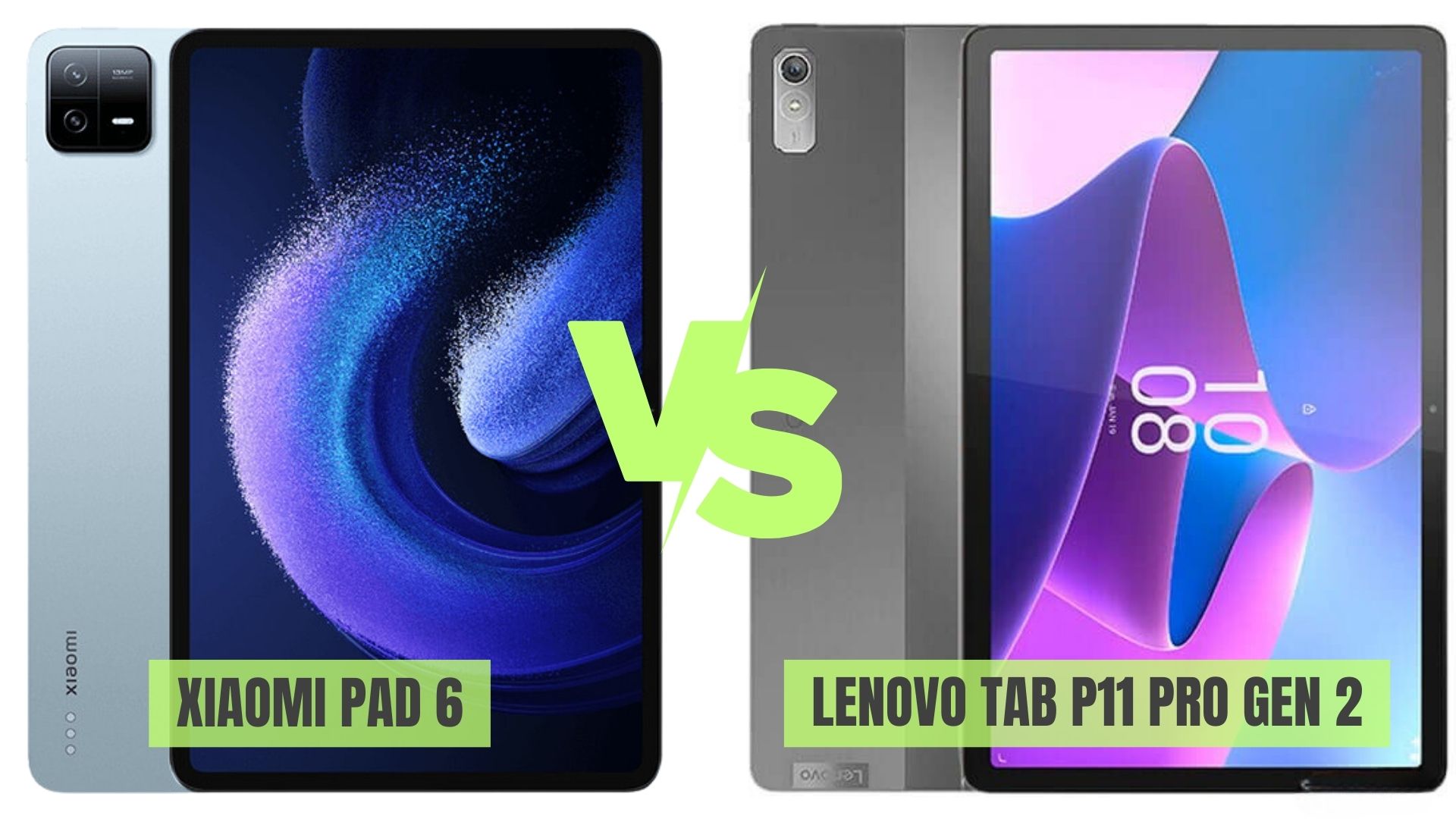
Following the launch of the Xiaomi Pad 6, there are buyers considering whether to purchase the latest tablet by Xiaomi or choose an alternative tablet like the Lenovo Tab P11 Pro Gen 2. Each tablet has its own distinct features and advantages, so we analyzed and compared the two devices extensively to help you in deciding which is the best for your requirements. Let’s get started on the Xiaomi Pad 6 vs Lenovo Tab P11 Pro Gen 2 comparison.
Xiaomi Pad 6 vs. Lenovo Tab P11 Pro Gen 2: Overview
| Specification | Xiaomi Pad 6 | Lenovo Tab P11 Pro Gen 2 |
| Display | 11-inch (2880 x 1800) | 11.5-inch (2560 x 1536) |
| Resolution | 16:10 | 2.5K OLED |
| Refresh Rate | 30/48/50/60/90/120/144Hz | 120Hz |
| Touch Sampling Rate | 240Hz | 10-point multitouch |
| HDR Support | HDR 10, Dolby Vision | Dolby Vision, HDR 10+ |
| Processor | Snapdragon 870 7nm | MediaTek Kompanio 1300T |
| GPU | Adreno 650 | ARM G77 MC9 836 MHz |
| RAM | 6GB / 8GB LPDDR5 | 4GB / 6GB / 8GB RAM |
| Storage | 128GB / 256GB UFS 3.1 | 128GB / 256GB, expandable up to 1TB |
| Operating System | Android 13 with MIUI 14 for tablets | Android 12 |
| Rear Camera | 13MP, f/2.2 aperture, PDAF | 13MP, f/2.4 aperture, LED flash |
| Front Camera | 8MP, 105° FoV, focus frame | 8MP, 83° FoV |
| Dimensions (mm) | 253.95×165.18×6.51 | 263.66 x 166.67 x 6.88 |
| Weight (g) | 490 grams | 480 grams |
| Connectivity | Wi-Fi 6, Bluetooth 5.2 | Wi-Fi 802.11 ax, Bluetooth 5.1 |
| Audio | USB Type-C audio, Dolby Atmos | Quad JBL Speakers (sound by JBL), Dolby Atmos |
| Battery | 8840mAh (typical)/8640mAh (min) with 33W fast charging | 8200mAh (typ.) / 8000mAh (min.) |
The Xiaomi Pad 6 offers a fantastic value. Even though it's quite affordable, it offers tons of flagship features like a metal body, a pretty 144Hz display, powerful hardware, and up-to-date software. You can get it with a keyboard and pen - however, some features like a fingerprint scanner are missing.
Xiaomi Pad 6 vs Lenovo Tab P11 Pro (Gen 2): Spec by Spec Comparison
Display & Design
The Xiaomi Pad 6 has an 11-inch display with a 2880 x 1800 pixel resolution and a 16:10 aspect ratio. It offers a variable refresh rate of 30/48/50/60/90/120/144Hz for smooth visuals. The display supports HDR 10 and Dolby Vision for vibrant colors and enhanced contrast. It also has a 240Hz touch sampling rate for precise touch input. The Xiaomi Pad 6 is slim and lightweight, with dimensions of 253.95×165.18×6.51mm and a weight of 490g. It has Corning Gorilla Glass 3 protection for added durability.
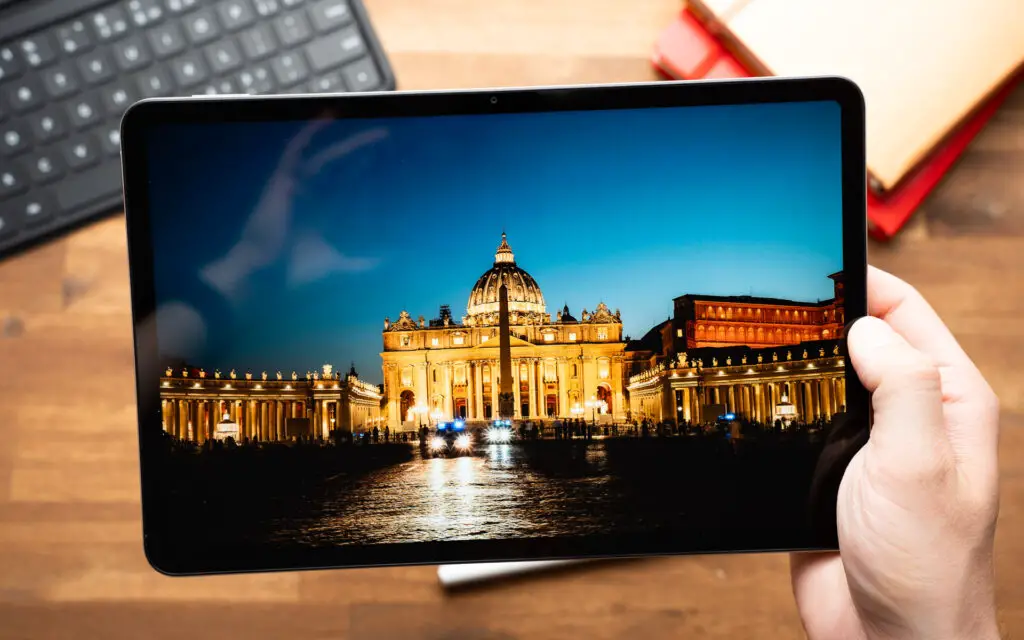
On the other hand, the Lenovo Tab P11 Pro Gen 2 has an 11.5-inch OLED screen that has a resolution of 2560 x 1536 pixels. It has a refresh rate of 120Hz, which makes scrolling and animations smooth. The display is compatible with Dolby Vision and HDR 10+. The tablet is designed to be sleek and premium, with dimensions of 263.66 x 166.67 x 6.88mm and a weight of 480g. It has a peak brightness of 600 nits and is easily visible in bright environments. The visuals are stunning as it has vibrant colors and high contrast.
The Lenovo Tab P11 Pro Gen 2 gets fantastic results in my review. It offers a great 10.2-inch OLED screen, powerful hardware, lots of storage, as well as a solid pen and good keyboard cover. I also like its long battery life, its loud speakers, and the productivity mode with external screen support. However, while it's supposed to get two major updates, it probably won't be updated as long as the flagships from Samsung and Apple.
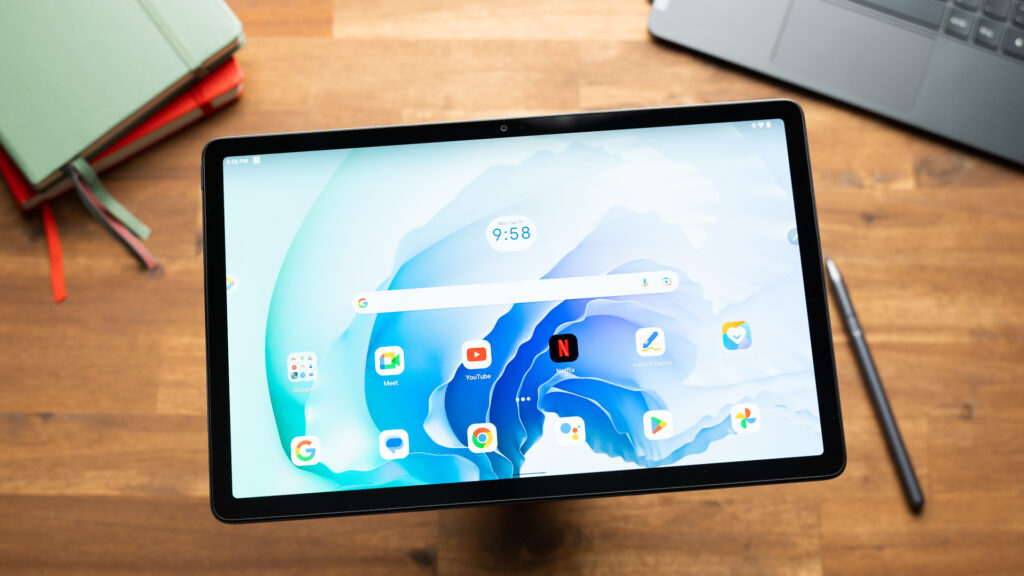
Overall, both tablets offer impressive displays with high resolutions and support for advanced visual technologies. The Xiaomi Pad 6 has an advantage with its variable refresh rate options, while the Lenovo Tab P11 Pro Gen 2 is noteworthy for its OLED panel and HDR capabilities.
Performance
The Xiaomi Pad 6 comes powered by the Snapdragon 870 7nm chipset, which has an octa-core CPU with a max clock speed of 3.2GHz. It also has an Adreno 650 GPU for better graphics performance in games and multimedia. It comes with 6GB or 8GB of LPDDR5 RAM and 128GB or 256GB UFS 3.1 storage, allowing for smooth multitasking and ample storage for apps, media, and files. The tablet’s user-friendly and feature-rich interface runs on Android 13 with MIUI 14 for tablets.
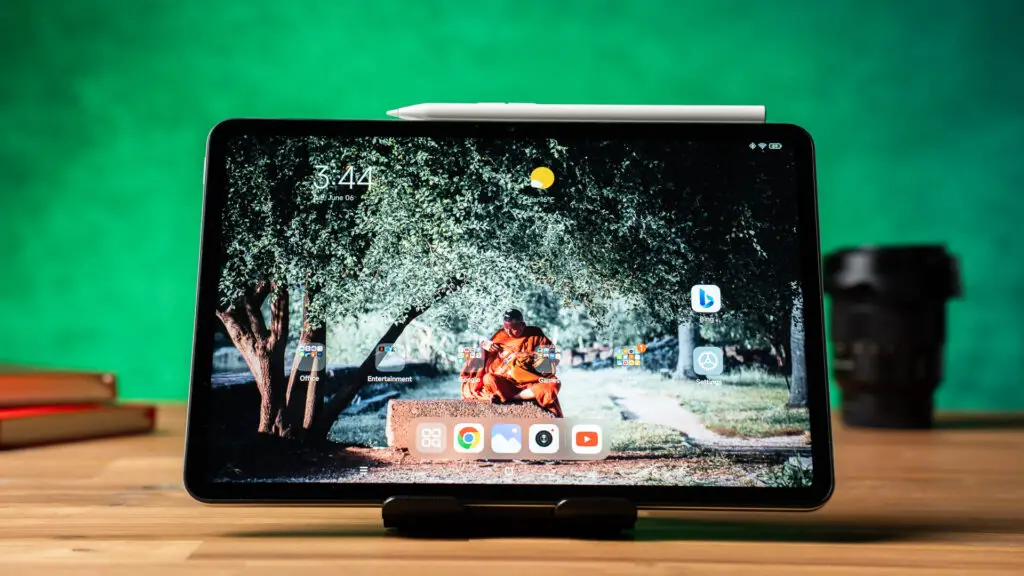
The Lenovo Tab P11 Pro Gen 2 has a MediaTek Kompanio 1300T processor that includes four high-performance A78 cores and four power-efficient A55 cores. It also has an ARM G77 MC9 836 MHz GPU, which is suitable for regular tasks and casual gaming. The tablet comes in various RAM options of 4GB, 6GB, and 8GB with storage options of 128GB or 256GB. It runs Android 12 out-of-the-box.
| Tablet | Single-Core CPU | Multi-Core CPU | Compute |
| Xiaomi Pad 6 | 1006 | 3293 | 3569 |
| Lenovo Tab P11 Pro Gen 2 | 839 | 2752 | 4685 |
The benchmark data given above shows how well the Xiaomi Pad 6 and Lenovo Tab P11 Pro Gen 2 tablets performed in terms of their single-core CPU, multi-core CPU, and compute scores. Here is what each of these metrics means:
- The Xiaomi Pad 6 has a single-core CPU performance score of 1006, which is higher than the Lenovo Tab P11 Pro Gen 2’s score of 839. This indicates that the Xiaomi Pad 6 may perform better in tasks that heavily depend on single-core processing.
- The Xiaomi Pad 6 has a higher multi-core CPU performance score of 3293 compared to the Lenovo Tab P11 Pro Gen 2, which has a score of 2752. This suggests that the Xiaomi Pad 6 may be better equipped to handle multi-threaded tasks efficiently compared to the Lenovo tablet.
- The Lenovo Tab P11 Pro Gen 2 has a higher compute score of 4685 than the Xiaomi Pad 6’s score of 3569. This indicates that the Lenovo tablet may perform better in demanding computational tasks that require significant processing power, compared to the Xiaomi tablet.
Although both tablets have capable processors and sufficient RAM, the Xiaomi Pad 6 may perform slightly better in terms of performance and graphics due to its Snapdragon 870 processor, compared to the MediaTek Kompanio 1300T found in the Lenovo Tab P11 Pro Gen 2.
Graphics
The information given above compares the gaming performance of Xiaomi Pad 6 and Lenovo Tab P11 Pro Gen 2 tablets using their WildLife and WildLife Extreme scores, which are commonly used in benchmark tests. For reference, Xiaomi Pad 6 has Adreno 650 GPU while Lenovo Tab P11 Pro Gen 2 has ARM G77 MC9 836 MHz GPU.
| Tablet | Wild Life | Wild Life Extreme |
| Xiaomi Pad 6 | 5635 | 1054 |
| Lenovo Tab P11 Pro Gen 2 | 4286 | 1249 |
The Xiaomi Pad 6 has a higher Wild Life Score of 5635 compared to the Lenovo Tab P11 Pro Gen 2, which has a score of 4286. This suggests that the Xiaomi Pad 6 is better equipped to handle graphics-heavy games, providing improved visual quality and smoother gameplay.
The Xiaomi Pad 6 has a Wild Life Extreme Score of 1054, while the Lenovo Tab P11 Pro Gen 2 has a score of 1249. It’s essential to keep in mind that the Wild Life Extreme benchmark evaluates very demanding games. Therefore, both tablets may face difficulty in providing the best performance under such conditions.

Based on the scores provided, the Xiaomi Pad 6 seems to have better gaming performance than the Lenovo Tab P11 Pro Gen 2 in general gaming scenarios (Wild Life Score). However, the Lenovo tablet may slightly outperform the Xiaomi in the most demanding games (Wild Life Extreme Score). It’s important to note that real-world gaming performance can be affected by other factors like software optimization, thermal management, and various hardware specifications beyond the benchmarks.
Cameras
The Xiaomi Pad 6 has a 13MP rear camera with an f/2.2 aperture and PDAF, which allows for capturing detailed and sharp pictures. The front camera has an 8MP resolution with a 105° FoV and a focus frame, enabling wide-angle selfies and video calls.
The Lenovo Tab P11 Pro Gen 2 comes with a 13MP rear camera that has an f/2.4 aperture and an LED flash. It can take good pictures in different lighting situations. Additionally, the tablet has an 8MP fixed-focus front camera with an 83° FoV for selfies and video calls.
Although both tablets have good camera features, the Xiaomi Pad 6 has an advantage due to its front camera’s 105° field of view. This allows for wider selfie shots and better video call experiences.
Battery
The Xiaomi Pad 6 packs a 8840mAh (typical) / 8640mAh (minimum) battery. It supports 33W fast charging, allowing for quick battery replenishment.In comparison, the Lenovo Tab P11 Pro Gen 2 features an 8200mAh (typical) / 8000mAh (minimum) battery. While slightly smaller than the Xiaomi Pad 6’s battery, it still provides a respectable amount of power.
| Battery | Xiaomi Pad 6 (144Hz) | Lenovo Tab P11 Pro Gen 2 |
| Battery Life | Up to 8.15 hours | Up to 10.5 hours |
| Test Conditions | Playing YouTube videos at Full HD, full brightness | Playing YouTube videos at Full HD, full brightness |
We tested the battery of Xiaomi Pad 6 (144Hz) and Lenovo Tab P11 Pro Gen 2 tablets by playing YouTube videos at Full HD resolution with full brightness. The results showed that the Lenovo Tab P11 Pro Gen 2 has longer battery life, lasting up to 10.5 hours, while the Xiaomi Pad 6 lasted up to 8.15 hours.
It’s worth noting that actual battery life of the Lenovo Tab P11 Pro Gen 2 may differ depending on usage habits, settings, and other variables. Nevertheless, the device showed slightly better endurance in specific test conditions, making it a good option for users who desire extended multimedia usage without frequent charging and prioritize longer battery life.
Pricing and Availability
In terms of pricing, the Xiaomi Pad 6 offers a competitive value proposition. In Europe, the tablet starts at 399 Euros, providing an affordable option for consumers seeking a high-quality device. In India, the Xiaomi Pad 6 is priced at Rs. 26,999, catering to the Indian market’s budget-conscious consumers. Although the tablet has not been officially released in the United States yet, considering its predecessor’s availability in the country, it is reasonable to expect that Xiaomi will launch the Pad 6 in the US market as well, offering customers there a chance to experience its features and performance.
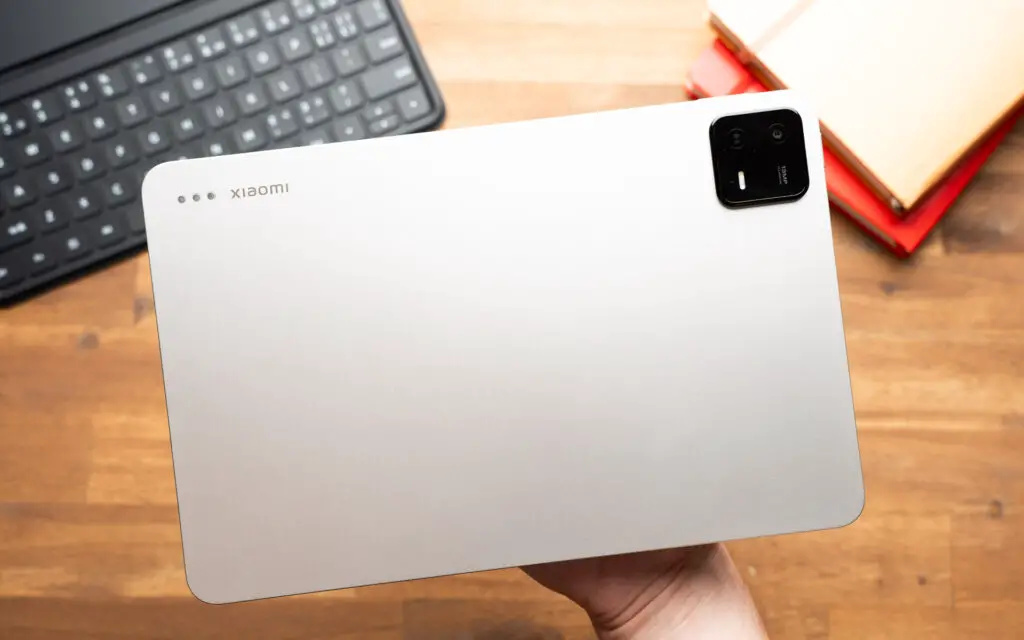
On the other hand, the Lenovo Tab P11 Pro Gen 2 comes with a price tag of 389 US Dollars for the base model, excluding accessories. Lenovo also provides an option to purchase the tablet with a keyboard cover and stylus, which adds around 200 Dollars to the price. It’s important to note that pricing can vary significantly by country, so the actual cost of the Lenovo Tab P11 Pro Gen 2 may differ depending on the region. Regardless, the tablet aims to offer users a premium experience with its features and capabilities, along with the option to enhance productivity through the additional accessories.
Overall, both the Xiaomi Pad 6 and Lenovo Tab P11 Pro Gen 2 aim to provide competitive pricing options in their respective markets, catering to different budget ranges and offering consumers a choice based on their preferences and requirements.
Verdict
The Xiaomi Pad 6 and Lenovo Tab P11 Pro Gen 2 have notable features and specifications. The Xiaomi Pad 6 is remarkable for its adaptable refresh rate screen, high-performing Snapdragon 870 processor, and a front camera with a 105° FoV. Meanwhile, the Lenovo Tab P11 Pro Gen 2 features an OLED display, Dolby Vision, and a stylish build.
Choosing between the two tablets ultimately comes down to personal preferences and priorities. If you prioritize a higher refresh rate display and a more powerful processor, then the Xiaomi Pad 6 might be the better choice for you. However, if you value an OLED display with Dolby Vision support, along with a slightly lighter and slimmer design, then the Lenovo Tab P11 Pro Gen 2 could be the preferred option.
To make a well-informed decision, it’s suggested that you take into account your individual requirements, such as how you want the display to look, how powerful the device needs to be, and how frequently you need to use the camera.
-
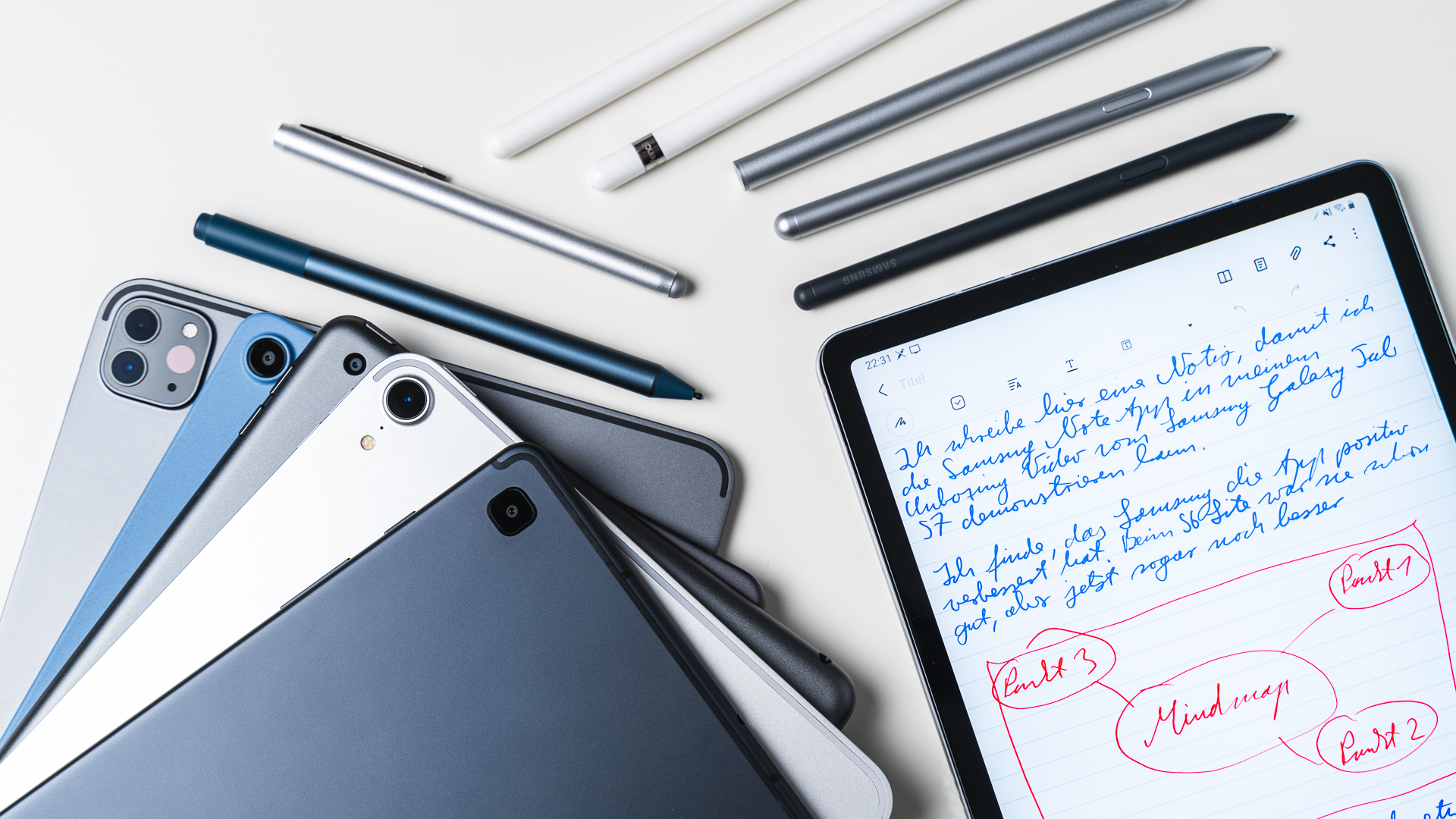
 The Best6 months ago
The Best6 months ago9 Best Tablets With Stylus Pen For Drawing & Writing | 2024 Edition
-
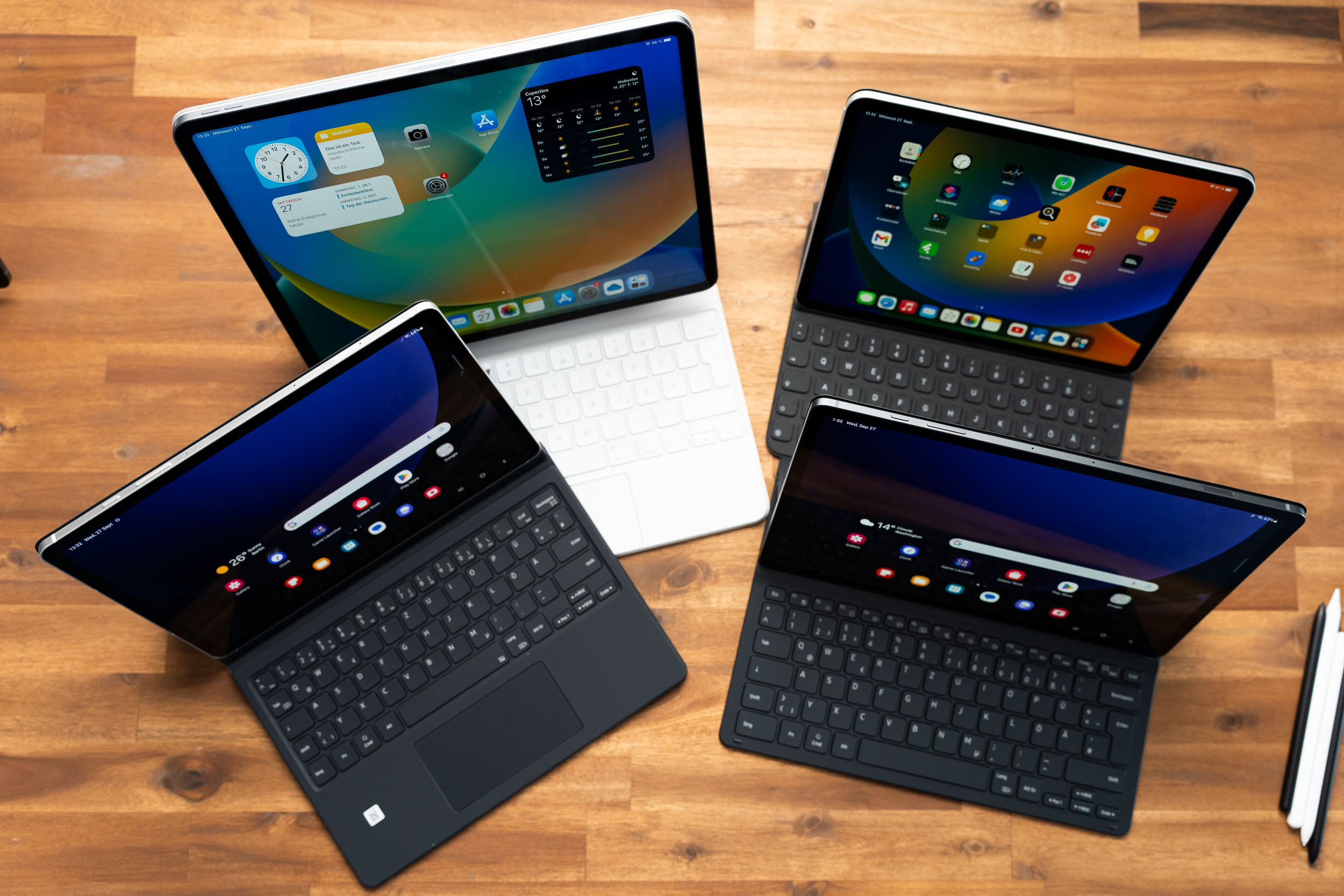
 The Best5 months ago
The Best5 months agoTop 10 Best Tablets with a Keyboard | 2024 Edition
-
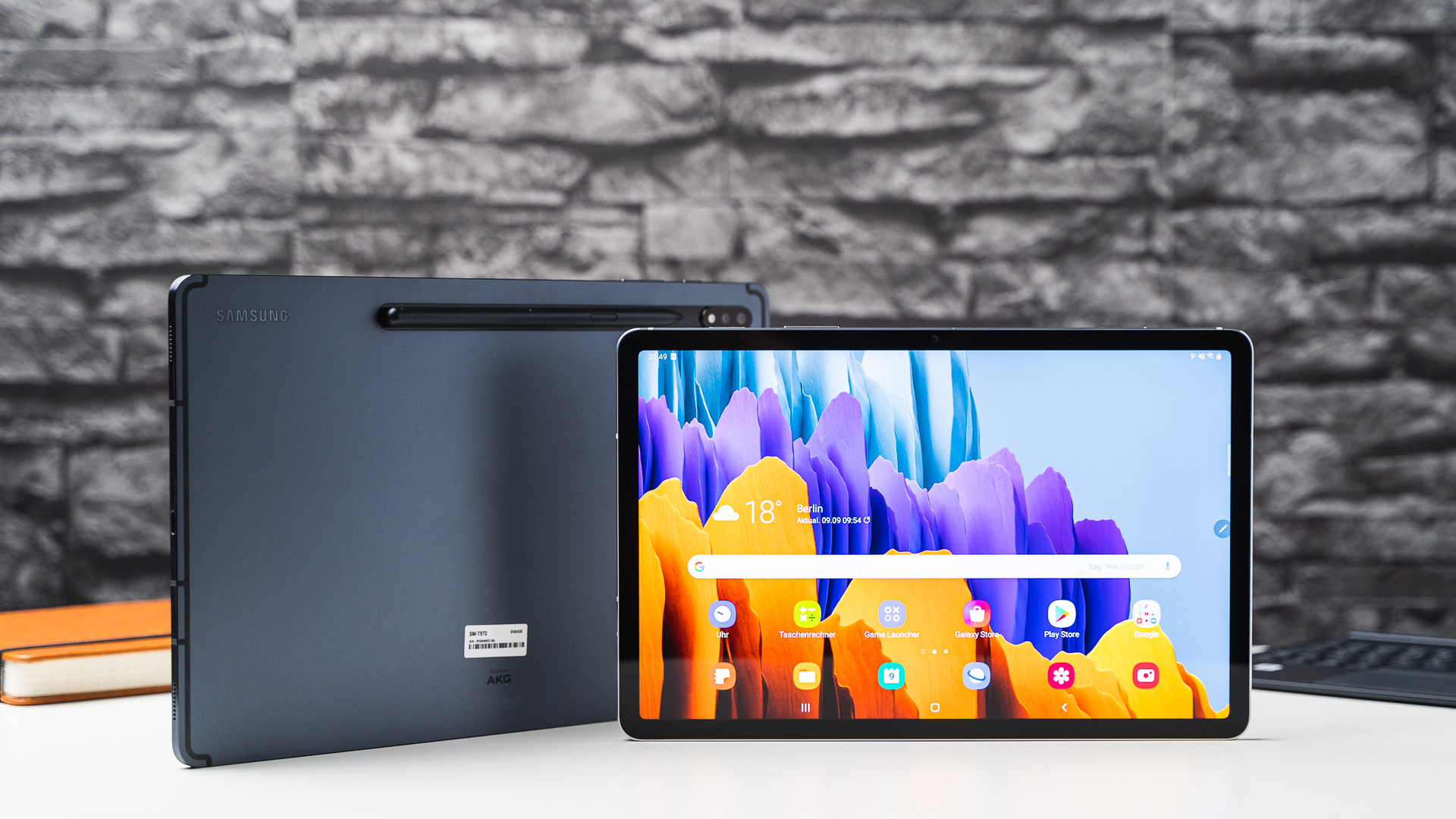
 The Best4 months ago
The Best4 months agoTop 15 Best Android Tablets Based On Real Reviews | 2024 Edition
-
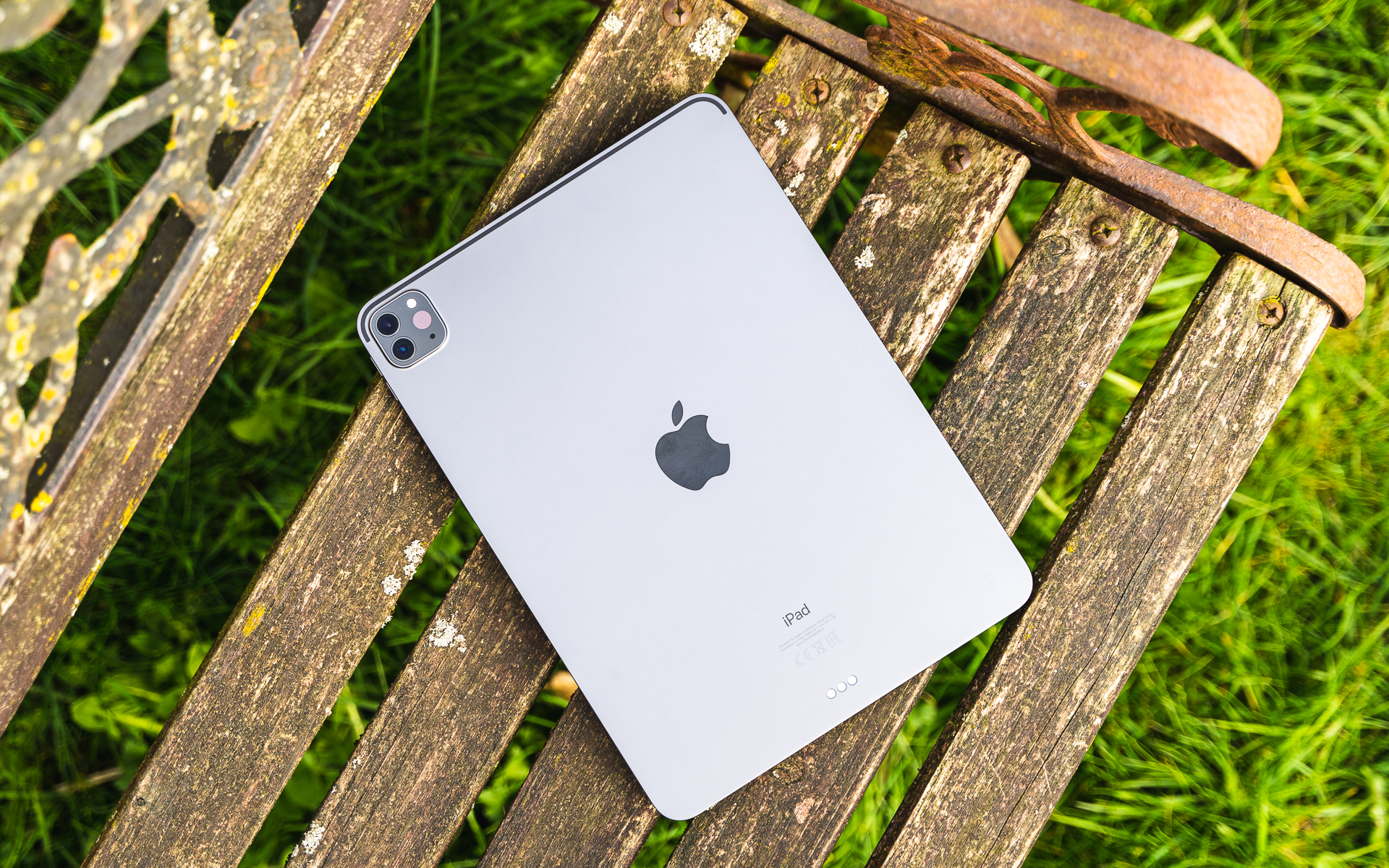
 The Best4 months ago
The Best4 months ago11 Best Tablets With 5G, 4G LTE & SIM Card Slot in 2024
-
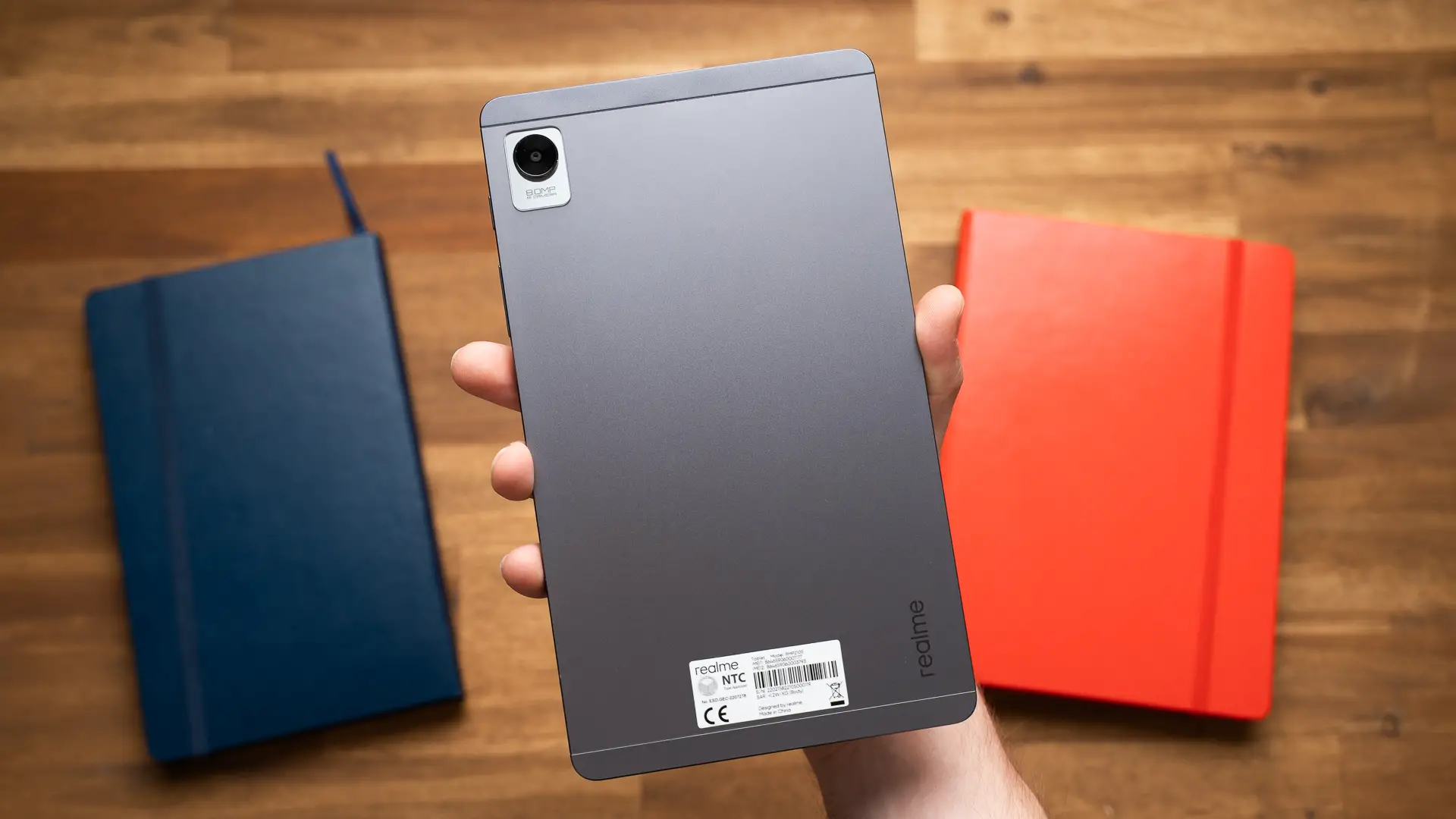
 The Best4 months ago
The Best4 months ago6 Best 8-Inch Mini Tablets Review & Comparison | 2024 Edition
-
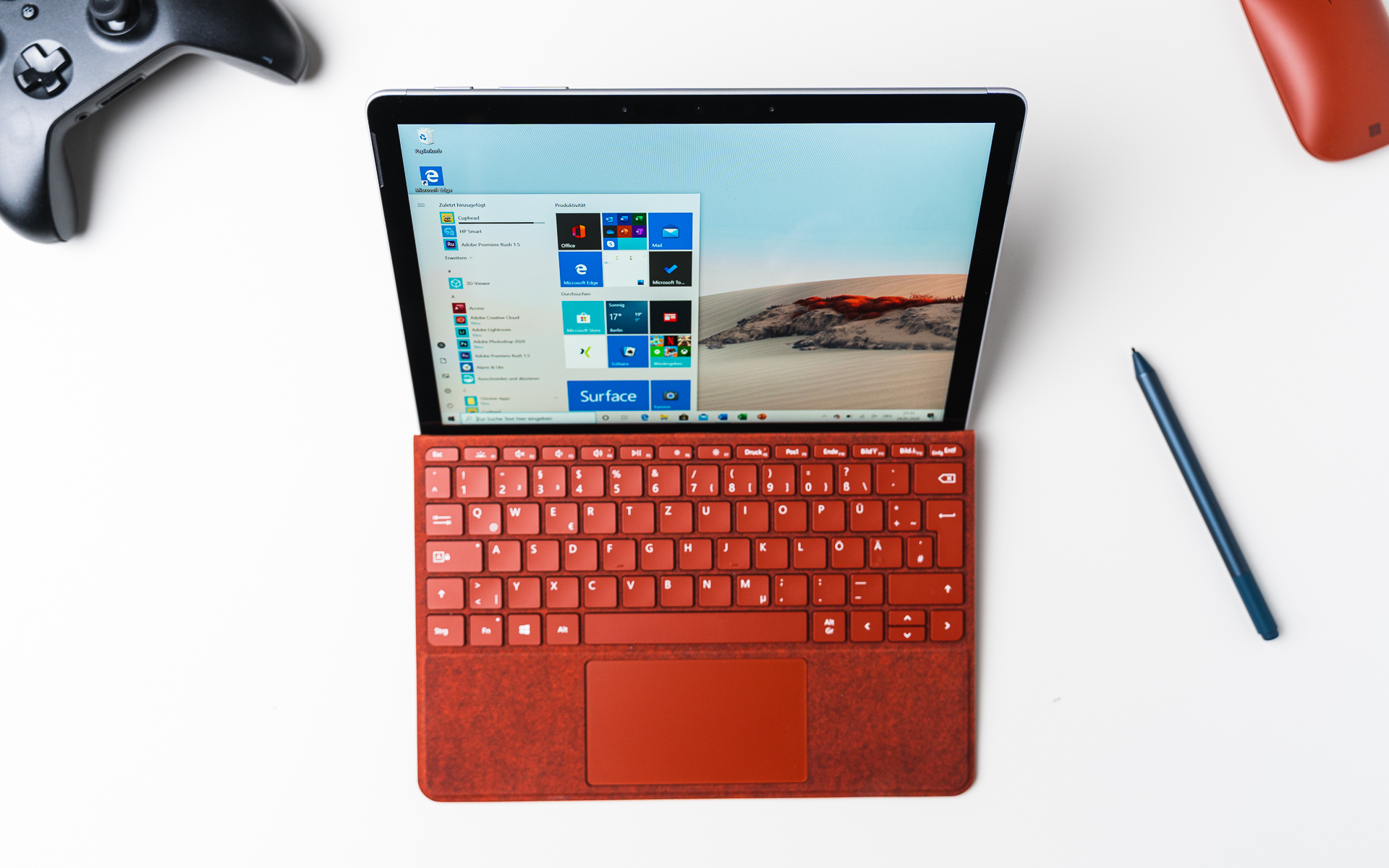
 The Best5 months ago
The Best5 months agoTop 3 Best Windows Tablets You Can Buy Today | 2024 Edition
-
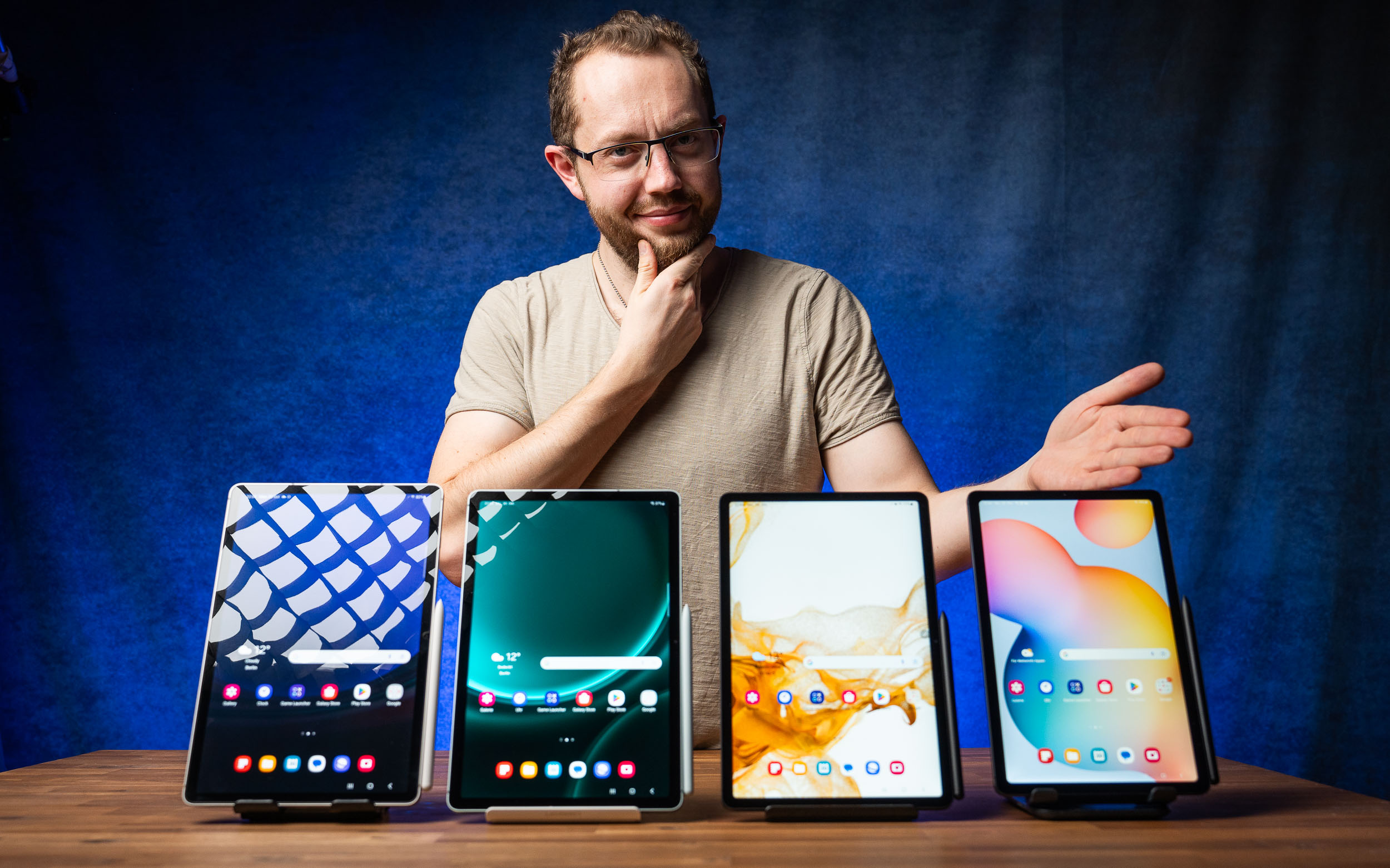
 The Best6 months ago
The Best6 months agoThe 8 Best Samsung Tablets: Our Big 2024 Comparison
-
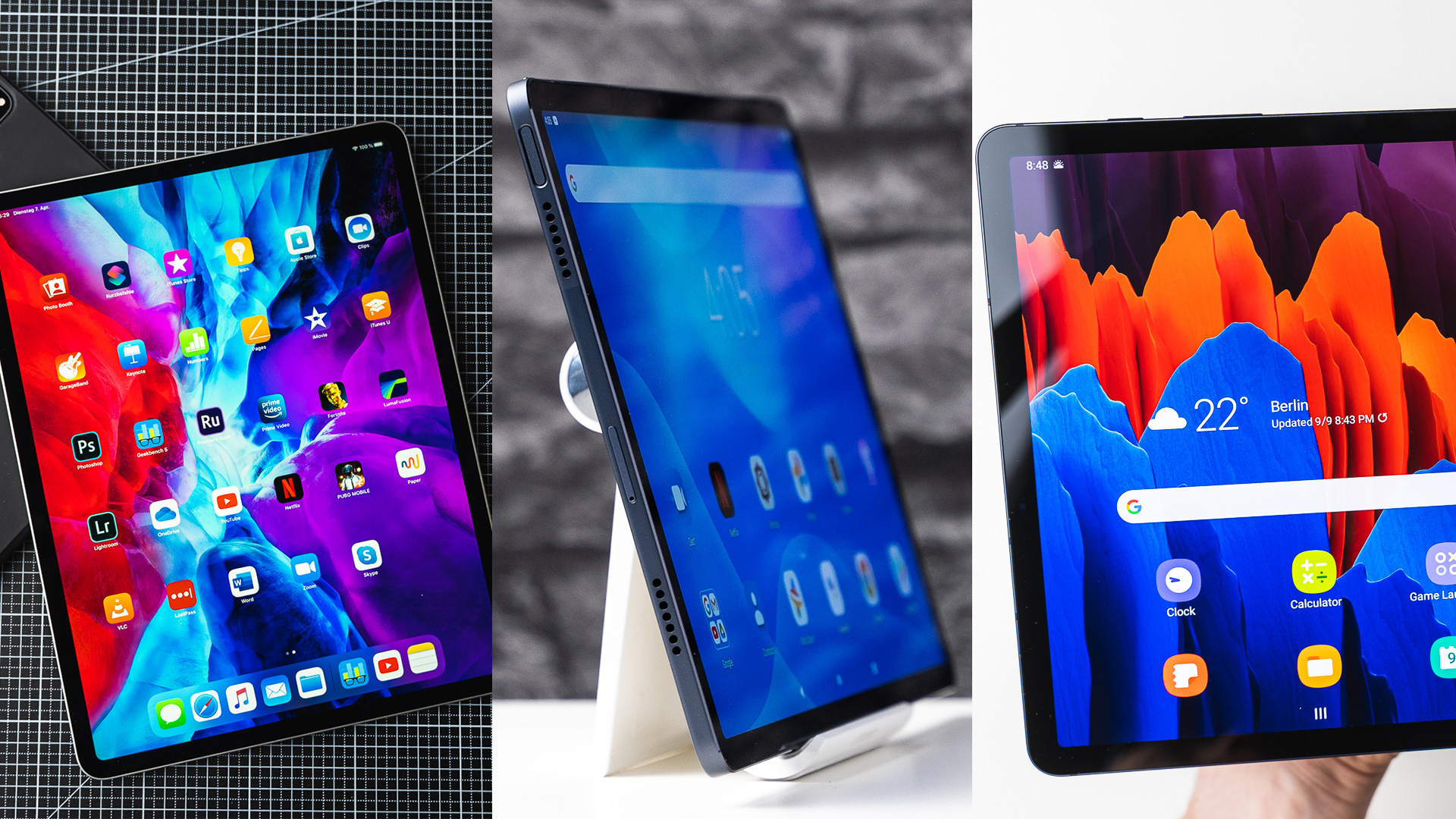
 The Best6 months ago
The Best6 months agoTop 7 Best Large Screen Tablets Tested | 2024 Edition

